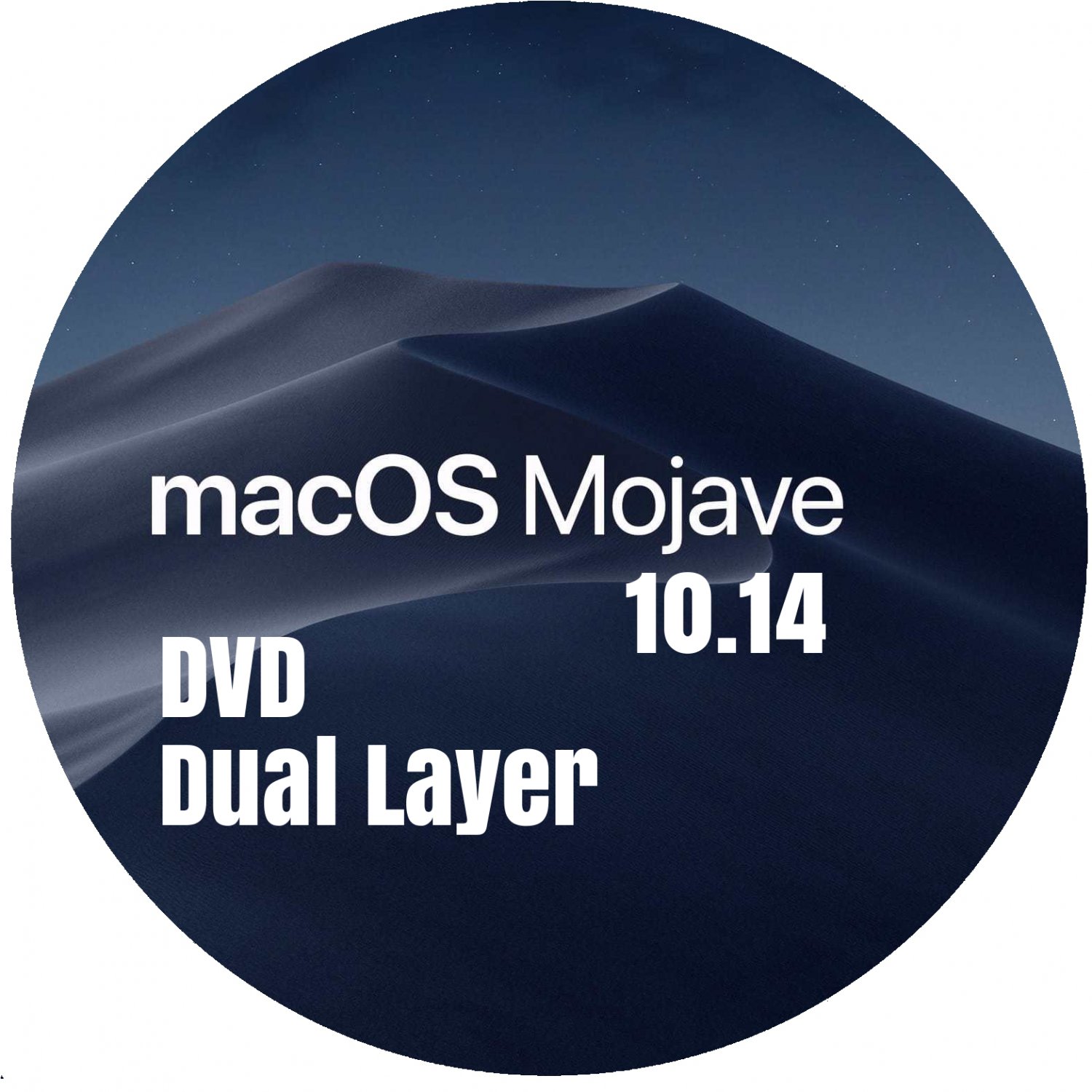
Of course, Apple has already updated its own apps to support the new dark appearance, though even there you may be surprised at some of the quirks you’ll find.
#Os x mojave update#
Your favorite apps won’t automatically take on the dark appearance, however: app developers will need to update their apps to support dark mode.
#Os x mojave pro#
(Apple’s pro apps, Final Cut and Logic, both received dark-interface updates in the past few years.) Even if you’re not a pro, you may appreciate an interface theme that makes your photos and documents appear to pop out of the screen more, because they’re framed by darkness rather than sitting on a bright white background. But dark themes have long been popular in software that caters to content-generation professionals, who prefer to have their images or video not be swamped by a lot of bright interface chrome. Why go dark? For some people the answer will be novelty, or the sheer coolness that comes from going from an Imperial Stormtrooper color scheme to one befitting Darth Vader. Dark windows aren’t just light windows inverted. Mojave finally makes good on the promise of a true dark theme for macOS, one that can (optionally) change your Mac’s windows to be predominantly dark with light text, rather than light with dark text. In 2014’s Yosemite release, Apple added the ability to turn the Mac’s menu bar black, a perplexingly limited design flourish that didn’t extend beyond the menu bar and Dock. Is macOS Mojave the latest chapter of an ongoing story, the beginning of a new one, or the end of an old one? It feels very much like the answer is yes and yes and yes.

At the same time, macOS Mojave represents the end of a long era (of stability or, less charitably, stagnation) and the beginning of a period that could completely redefine what it means to use a Mac.

macOS Mojave feels like a macOS update that’s truly about the Mac, extending features that are at the core of the Mac’s identity. With macOS Mojave, available today to the general public as a part of a public beta, the story is different. What was new to the Mac was generally something that was also new to iOS, or was previously available on iOS. Note: This story has not been updated for several years.įor a few years now, it’s seemed that any forward movement macOS might make was coming in lockstep with Apple’s other platforms, most notably iOS.


 0 kommentar(er)
0 kommentar(er)
